
Glasses
Guide for buying prescription eyeglasses, including understanding your prescription, eyeglass lens options, frame materials, frame shapes, and much more.
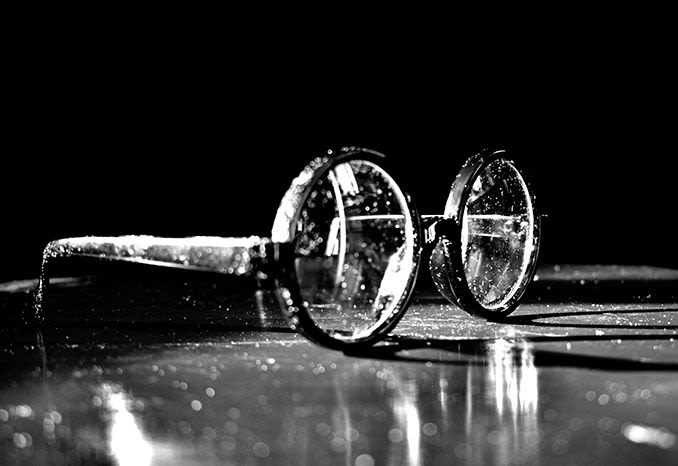
Learn about the signs that could be telling you it’s time for a new pair of eyeglasses, like headaches and blurry vision.
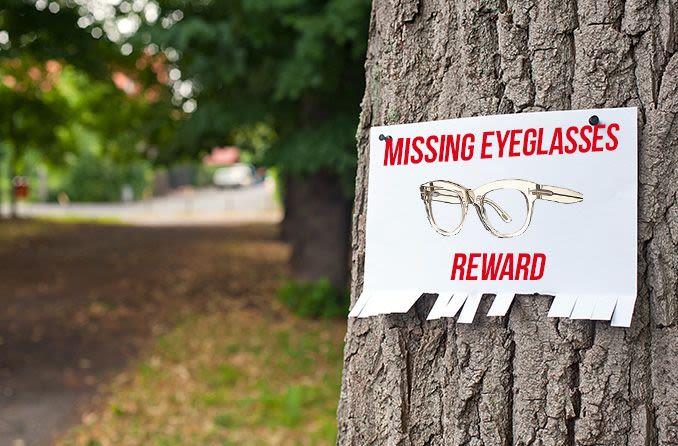
Expensive glasses are great until they go missing, consumer advocate Erica Sandberg found. Now she sees clearly with glasses she can afford to lose.

Can you become a pilot if you wear glasses? Find out.

Can you serve in the military if you need prescription eyeglasses? Find out.

Reading glasses are designed to help people see close-up objects more clearly. If you need help seeing things far away, too, you’ll need progressive lenses.

Is it possible to have an allergic reaction to glasses? Find out.
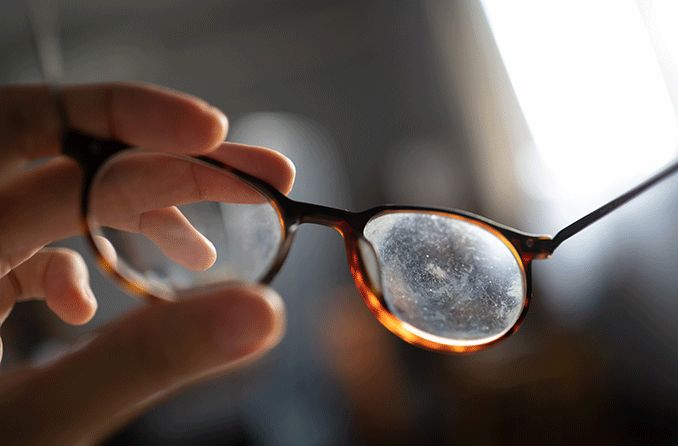
Scratches on your glasses lenses may distract you and blur your vision, but they will not make your vision worse.

Can wearing reading glasses make your vision worse or damage your eyes? Find out.

Vision is not harmed if you don’t wear your glasses, but you could face various discomforts if you don’t.
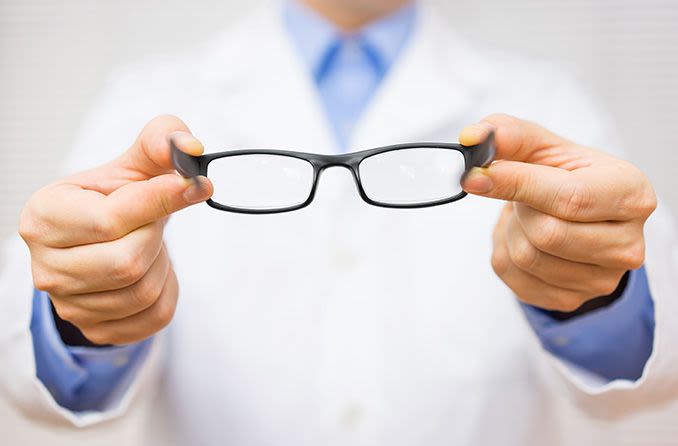
How long it takes to adjust to new glasses depends on several factors. Learn what to do if you have trouble adapting to your new eyeglasses.
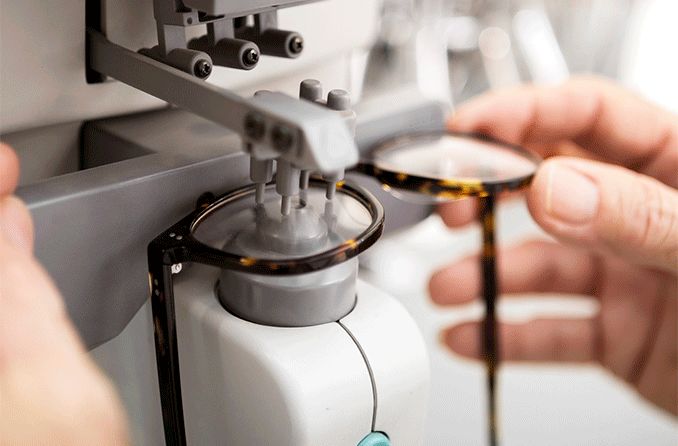
Waiting for a new pair of glasses to arrive? Find out about how long it should take to make and, more importantly, deliver your new frames.

Find out how to use the numbers and letters in your prescription to determine how bad your eye prescription is.
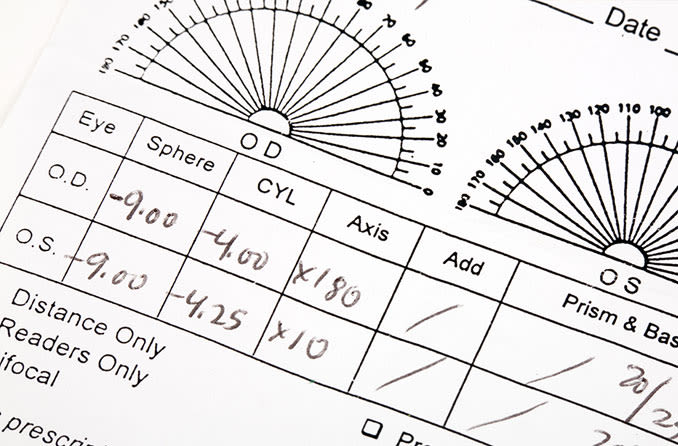
Learn how to read and understand the letters, numbers and symbols on your eyeglasses prescription.
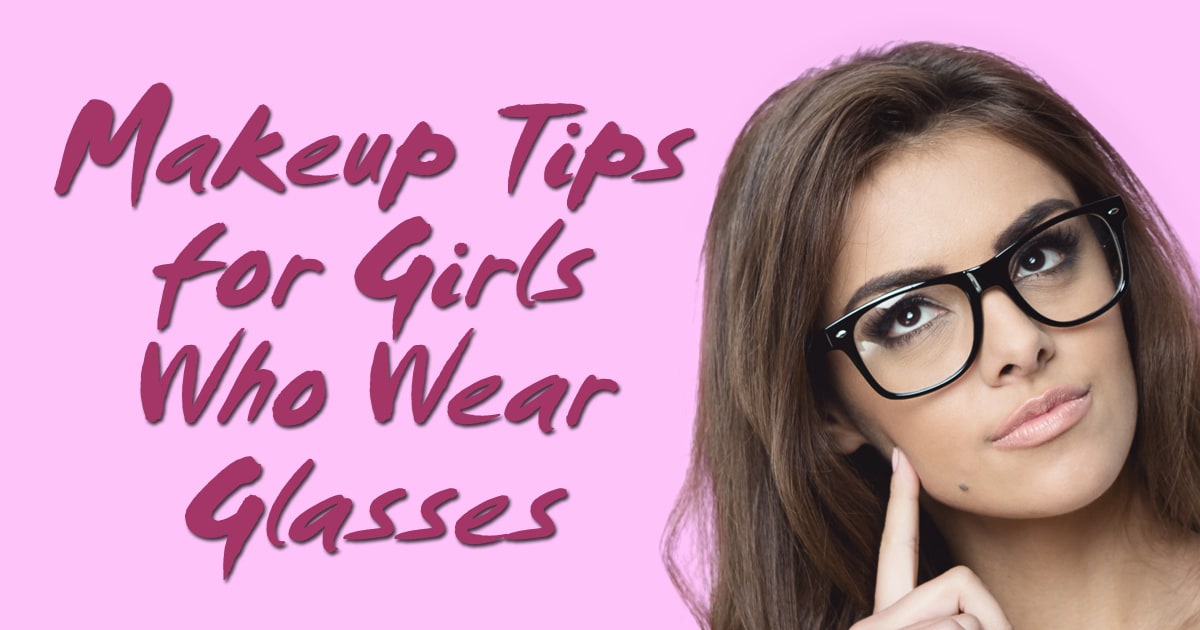
Here are some easy makeup ideas for you ladies who wear eyeglasses!
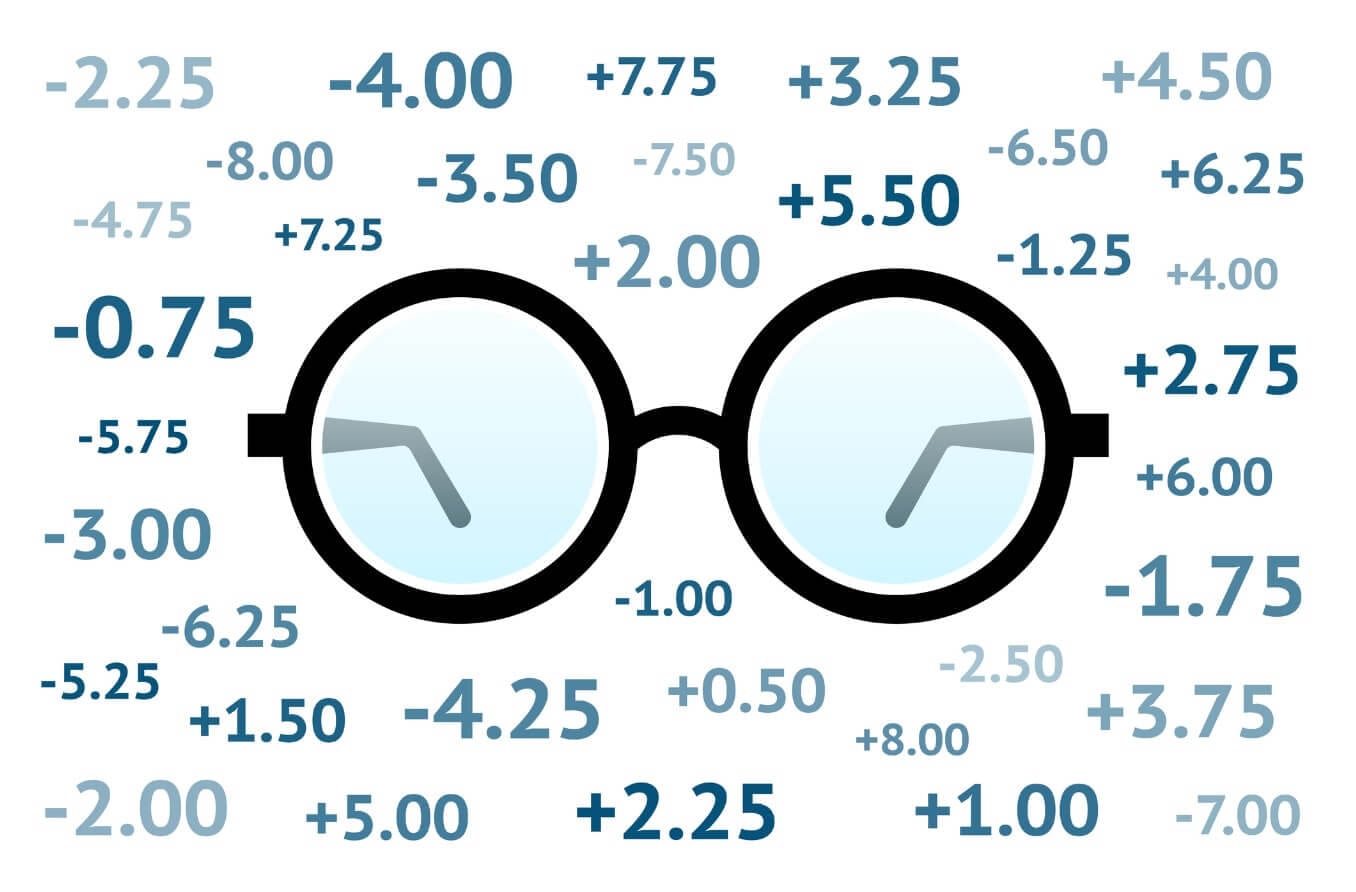
A diopter is a unit that is used to calculate the focusing strength of a pair of glasses or contact lenses. It is the unit used for an optical prescription.
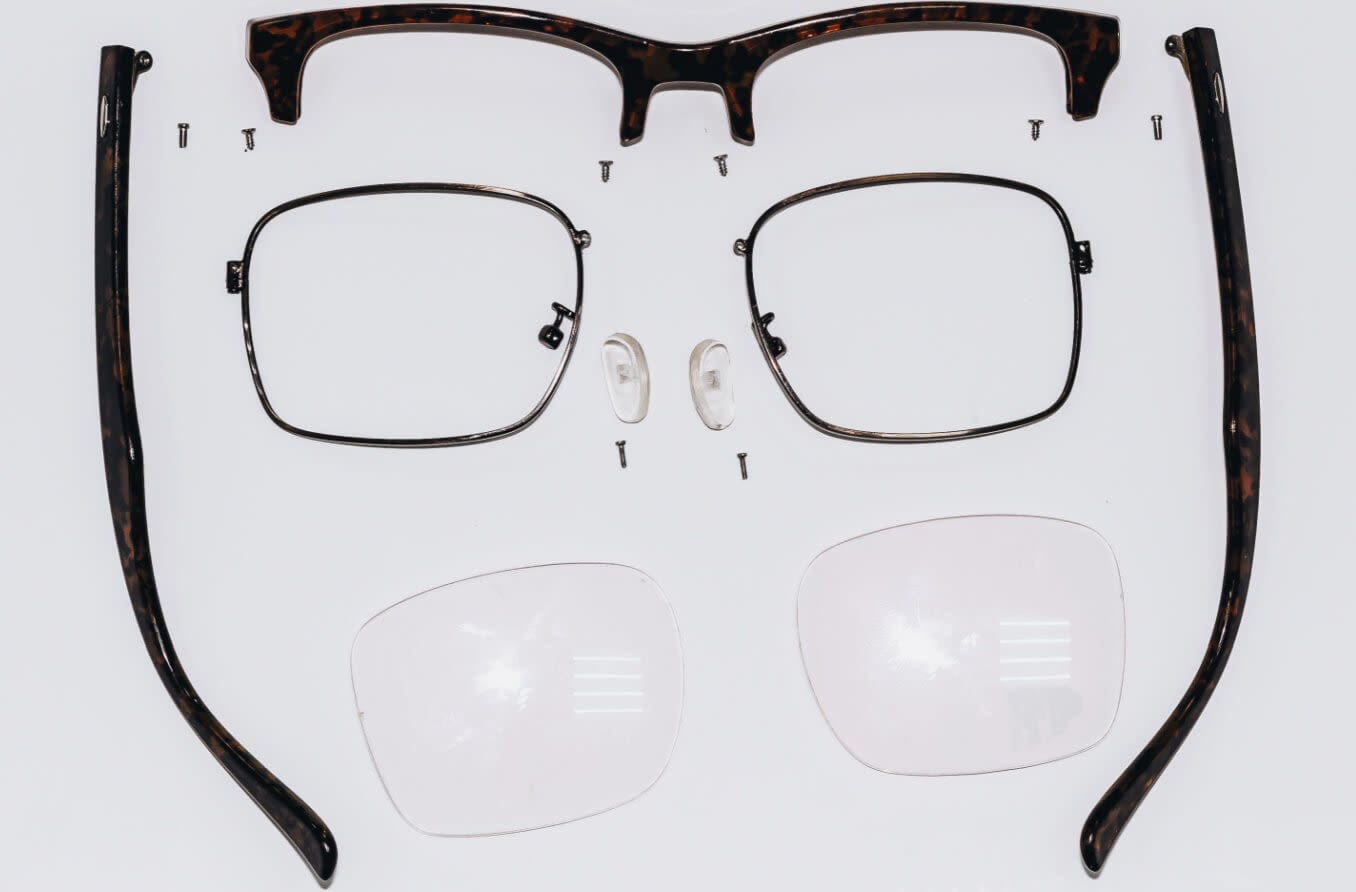
Discover the different parts of glasses with our detailed guide. Learn about the frame, lenses, temples, nose pads, and more to understand your eyewear better.

Glasses may slip down your nose if they’re too big or if a screw is loose. Here’s how to prevent glasses from slipping and maintain uninterrupted, clear vision.

When were glasses invented? Satisfy your optical curiosity, learn when and by whom glasses were invented to improve our vision and add style to our eyes.
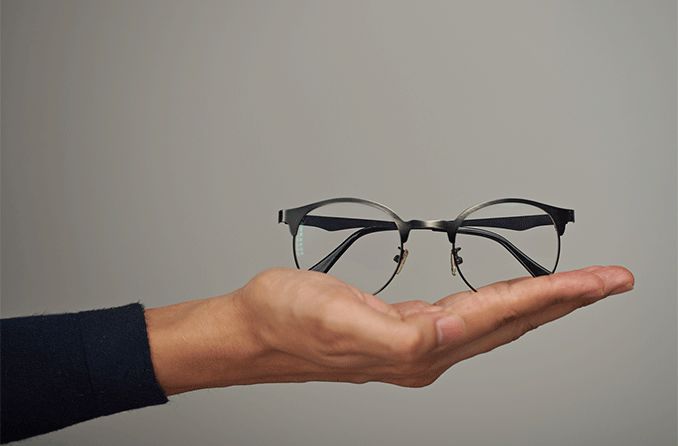
Seeking to donate your old or unused eyeglasses? Lions Clubs and OneSight are among charities collecting used eyeglasses. You can drop old glasses in a bin at LensCrafters, Walmart or Sam’s Club stores or mail them to VSP.
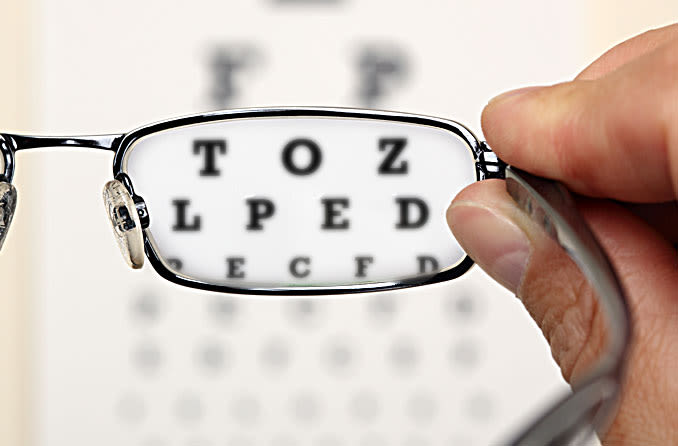
Has your lens prescription expired? Do you want to know when it expires? Find out why there's an expiration date on your glasses (or contact lens) prescription.

Ever wonder why people wear glasses? The majority of people wear glasses to correct their vision, but some fashion-forward, younger types sport
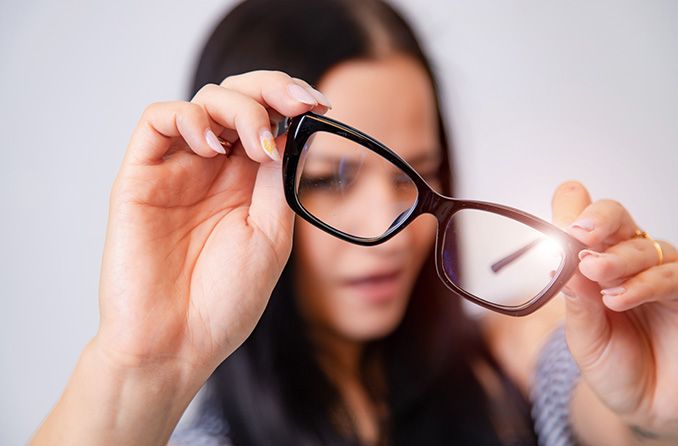
Wearing eyeglasses will not make your vision worse. If you have the wrong prescription or poor-fitting frames, your vision may be blurry or you may experience headaches.
All About Vision and AllAboutVision.com are registered trademarks of AAV Media, LLC. © 2000-2025 AAV Media, LLC. The content on this site is for informational purposes only. All About Vision does not provide medical advice, diagnosis or treatment. Contact an eye doctor if you need medical attention.